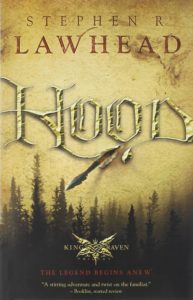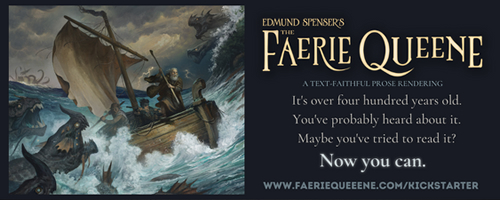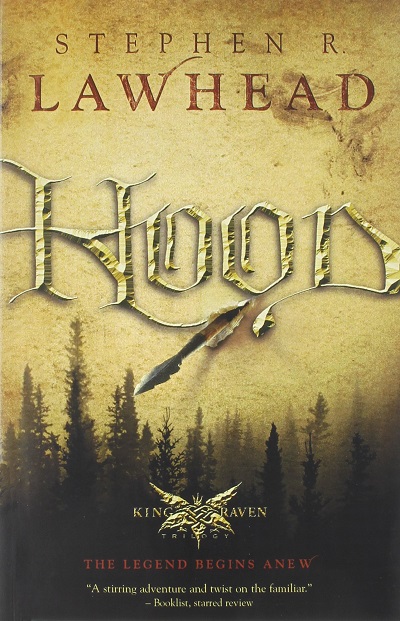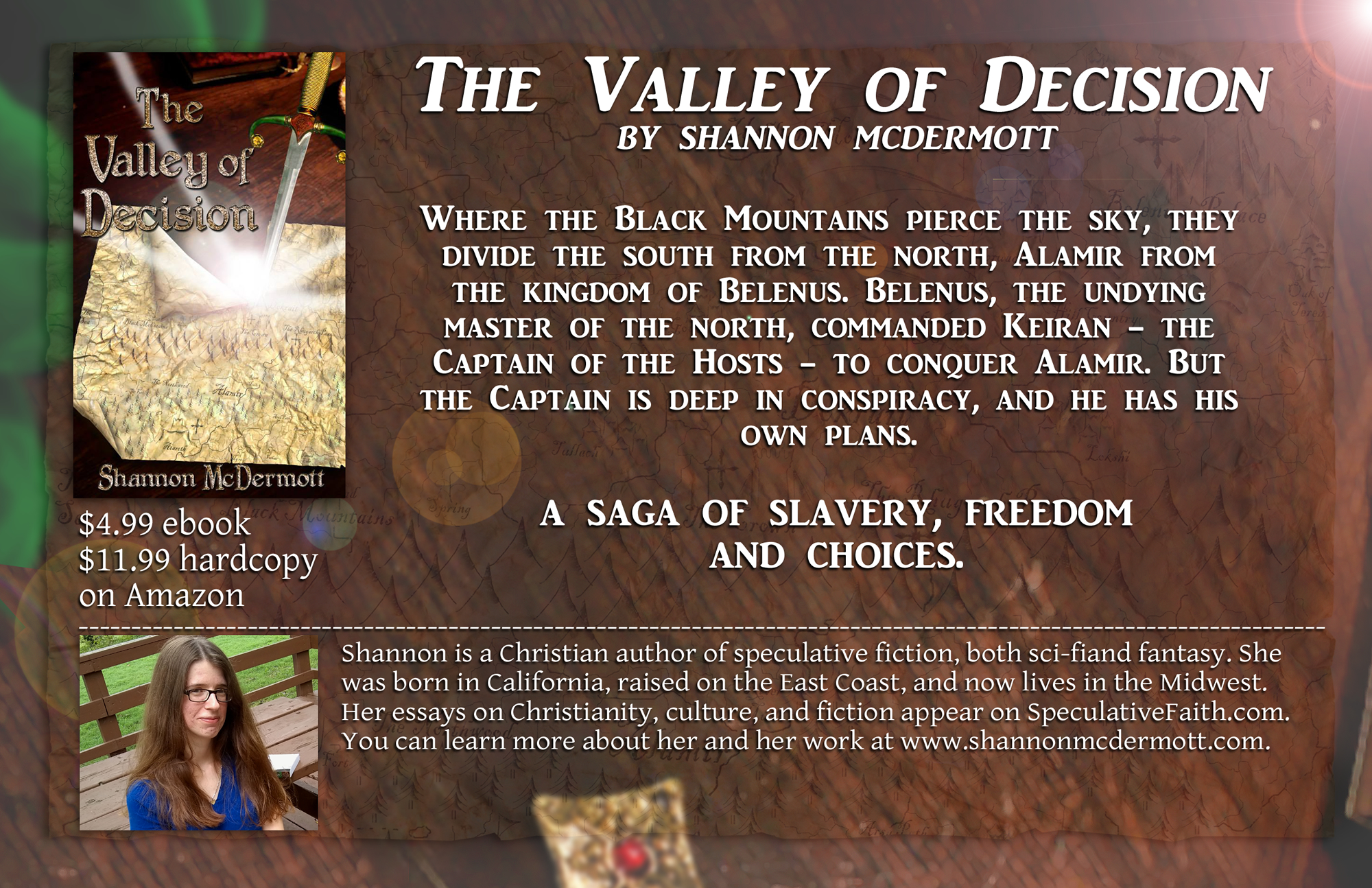In ‘Hood’, An Original Retelling Of Robin Hood
 There have been many stories of Robin Hood in Sherwood Forest, with his Merry Men and his noble thievery. But I would venture that there has been only one story of Robin Hood in Wales, with his flock and his raven hood.
There have been many stories of Robin Hood in Sherwood Forest, with his Merry Men and his noble thievery. But I would venture that there has been only one story of Robin Hood in Wales, with his flock and his raven hood.
In Hood, Stephen Lawhead tells again the story of Robin Hood. Initially, you couldn’t tell. Hood begins as Bran, prince of a small kingdom in Wales. In England, William the Red was king – and reaching out his hand to gather all of Wales into his kingdom.
Lawhead roots and grows his story in history. He doesn’t only borrow a few names, a few circumstances – he recreates a whole time. Every part is multidimensional – the villages of England and the forests of Wales, the strange Ffreinc and the wild Welsh, the grasping barons and the Church with its ancient, holy rituals and slow rot.
Hood is rich – rich in detail, rich in language. The story unfolds at a pace in keeping with Lawhead’s gradual unveiling of his world in all its texture and layers. Political intrigue courses through the whole novel as powerful men jockey to pluck Wales for their own basket.
And behind it, older and so much deeper, ancient Britain – the Britain of Arthur Pendragon – stirs in the secret heart of the forest. It touches Bran, urging him on as he becomes Hood – becomes a hero.
It’s a long journey, and by the end of the book, it’s still not complete. Despite some glimmerings of nobility, Bran is – I’ll be blunt – a jerk. There were times when I rooted for him to choose the right thing. There were times I wanted to say, “Let him lose. Who cares?”
To have a lousy person for a protagonist is unbearable only when the author doesn’t seem aware that his hero is rotten. Stephen Lawhead, to his credit, makes it a point of Bran’s arc that he must learn to care for others – not in emotion, but in deed. I don’t complain about a main character who must learn to be good on his way to being the hero.
But if that is what a writer chooses to do, he must build up characters his readers can like. And such characters do exist in Hood. Lawhead’s fault is that he did not invest enough in them to overcome the dearth of likeability in his main cast. The mood of the book is furthered darkened by some disturbing moments.
The odd thing is this: Both Hood’s merits and its faults – its slow, grand sweep, its historical intricacy, its vision of legends, the gradual unfolding and the morbid moments, the unlikeability of Bran – all of it makes Hood seem not, well, Robin Hood.
Remember the Robin Hood stories? Sometimes he was a rogue, sometimes he was nearly hung, but he usually gave the impression of being on an interrupted lark. His men were a colorful crew – literally so, in the case of Will Scarlet; they were on a lark, too. Stealing from the rich to feed the poor had its merry side. Even the villains were on a chase, even if it was a wild-goose chase; they may have been bad hunters, but they were hunters. It was fun.
In Hood, it’s not fun anymore. The villains are not hunters, good or bad; they’re politicians. The Merry Men aren’t very merry; Bran’s way of robbing the rich is remarkably grim, and he himself is wearyingly prodigal.
I don’t want to appear too harsh. Hood had its merits – even as a story of Robin Hood. It was interesting to see Robin Hood becoming instead of just being, interesting to see Stephen Lawhead transform the old stories. But if we’re talking about versions of Robin Hood, I prefer Disney’s. That was fun.
This review was originally posted on www.shannonmcdermott.com.







































Looks interesting. Thanks for the review.
And then I was compelled to do a quick Wiki-research about the historicity of Anglo-Saxon vs Celtic background for the Robin Hood myth, because this is a Thing about King Arthur, too, dueling cultural traditions in the earliest extant manuscripts.
Turns out there’s little enough juice for Celtic RH beyond Norman French lais derived from the Breton Celts, but we got plenty of medieval stories from Breton Celts, so it’s not a bad theory. But early manuscripts of specifically RH seem to identify him as a yeoman, which is a Saxon thing, though apparently Sir Walter Scott is most responsible for the Saxon vs Norman Thing.
Though that brings up something pretty funny about the weirdly conflicting classism in the legend. If originally RH was a lower-class yeoman, why did he suddenly become a nobleman around the Renaissance? Classism, ’cause noble people don’t like the thought of heroically competent plebes. But that ends up being pretty weird if RH is supposed to be the champion of the Common Man (proto-COMMUNISM!!1!).
Except it’s pretty easily buried in that noblesse oblige junk of managing your peasants properly (proto-White Man’s Burden [eww]). So it ends up being like plays by Anton Chekov that ended up popular with both Soviet Russians and Americans because it could swing either way.
This has been your dispatches from an English major.